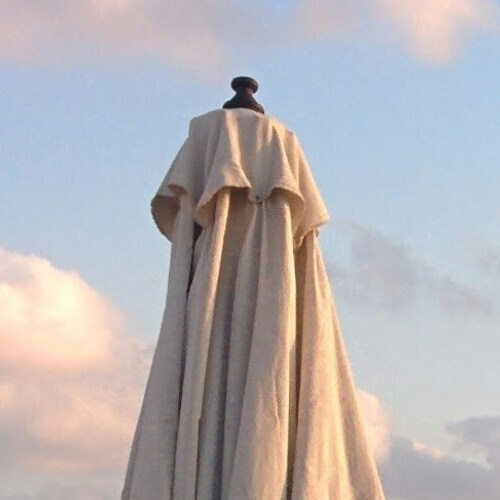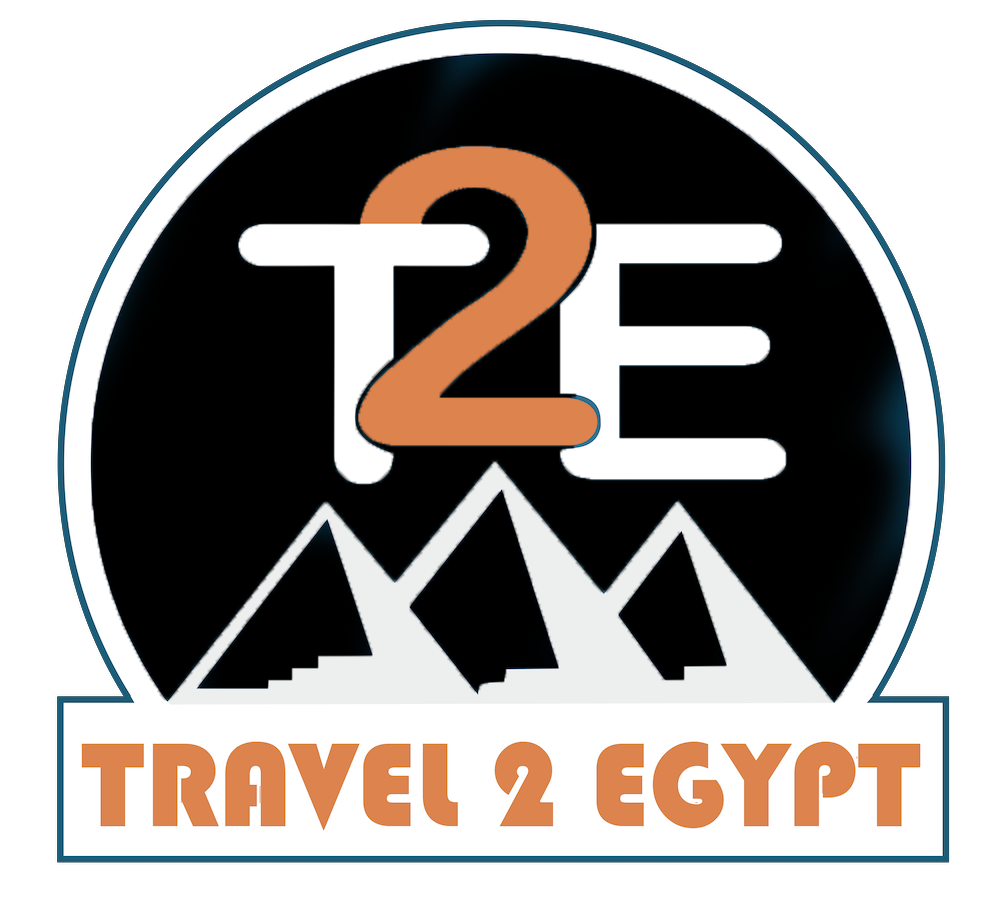The Camel Market at Shalateen
The Camel Market at Shalateen
In the bustling town of Shalateen, the camel market stands as a testament to ancient trade traditions. Here, Sudanese herders, adorned with traditional long knives and whips, bring their camels, embarking on a journey of commerce and culture. These camels, coveted for both the tourism industry and as a source of meat, are the centerpieces of a market that is as raw as it is real.
A Market Steeped in Authenticity
While the Shalateen camel market operates daily, its liveliest day is Thursday, offering a vibrant spectacle, whereas Fridays tend to be quieter. Prospective visitors should be prepared for the unvarnished reality of the market, as the process of loading camels onto lorries for transportation can be distressing for some.
Shalateen: A Blend of Modern and Timeless
Shalateen’s history is fascinating – it remained autonomous from Egyptian control until 1992. Despite modernization efforts, the essence of local life persists, offering an intriguing glimpse into a way of life that has withstood the test of time. The government’s initiatives to provide free electricity and water have seen mixed responses, with many Bedouins continuing their traditional livelihoods of herding and trading.
Cultural Tapestry of Shalateen
The town is a melting pot of cultures. Visitors can easily identify the Rashaida tribesmen in their lavender galabiyas and the women in dark red dresses, descendants of a tribe that migrated from the Arabian Peninsula about two centuries ago. The Bishari men, often adorned in large cotton turbans, and the Ababda Bedouins, indigenous to Egypt’s Eastern Desert for centuries, add to the rich cultural tapestry.
The Modern Face of Shalateen
Contrasting with its cultural depth, the town’s architecture might disappoint those seeking antiquity. It’s divided into two distinct areas: the north, with its government and commercial buildings, and the south, where a more rustic charm prevails in the form of a shanty town with painted plywood houses, encircling the souk.
Basic Amenities and Quirky Stays
Shalateen, while not abundant in facilities, does offer essential services like a bank, police station, post office, and a local favorite eatery, Basmit El Ganoub, known for its grilled meats and chicken. The town also houses a uniquely named hotel, “Baghout,” meaning “The Flea.” While it maintains a level of cleanliness, an overnight stay in Shalateen might not be everyone’s cup of tea.
Created On 1 Jan 2019
Updated On January 28, 2024



